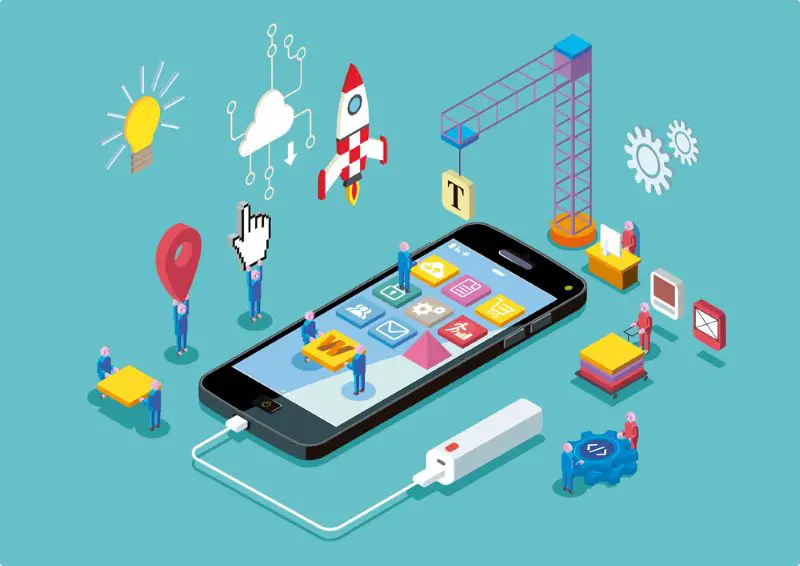Click here to get this post in PDF
In the era where digital transformation is not just an advantage but a necessity, businesses and entrepreneurs are increasingly turning to custom apps to stand out. The journey from an initial spark of innovation to a fully functional device in the hands of users is exhilarating. Yet, navigating the economics of bringing custom apps to life is a pathway riddled with financial considerations, unexpected costs, and strategic budgeting decisions.
The Dream Phase: Ideation and Market Research
The inception of every groundbreaking app starts with a dream. Ideation and market research are the foundation stones, and though seemingly intangible, they have associated costs. Market analysis, competitor research, and analyzing potential user feedback often require investments in tools, services, and sometimes, professional consulting.
Design and Prototyping Costs
As we move closer to making the dream a tangible reality, design and prototyping consume a significant slice of the budget. Stellar design isn’t just about aesthetics; it’s about user experience, engagement, and retention. The complexity of the app design directly influences the cost – the more intricate the design, the higher the price. Prototyping tools and user testing also add to the bill but are vital in averting expensive revisions down the line.
Development and Testing: The Bulk of the Budget
The development phase is where ideas truly begin to materialize, constituting the bulk of app development costs. Choices made regarding the app’s platform (iOS, Android, or cross-platform) and technology stack impact the expense considerably. Furthermore, rigorous testing phases to ensure a bug-free, smooth user experience are indispensable, yet they extend timelines and inflate budgets.
Deployment and Maintenance Expenses
Deployment is a milestone – the app is ready for users. However, it’s not the end of the financial journey. App stores impose fees, and adhering to their guidelines often requires last-minute changes. Post-launch, the app enters the maintenance phase, which includes bug fixes, updates, server costs, and compliance with new operating system versions, all of which require ongoing investment.
Hidden Costs in Custom App Development
Beyond the obvious expenses lurk hidden costs that can surprise the unwary. Legal fees for securing copyrights and trademarks, investments in security certifications to build user trust, and even marketing expenses to ensure your app reaches its audience are critical yet often overlooked.
Case Studies or Examples
Here’s where real-world anecdotes shed light on managing these custom app development cost. Successful apps often share stories of strategic planning, phased development, and iterative testing, providing valuable lessons in financial foresight.
Future Trends in App Development Costs
Looking ahead, emerging technologies and methodologies promise to alter the cost landscape of app development. Innovations like AI, machine learning, and low-code platforms could potentially reduce development times and expenses, making app development more accessible.
Conclusion
The journey from dream to device is paved with myriad costs, from the easily predictable to the stealthily hidden. Understanding and anticipating these expenses is crucial in transforming your vision into a viable, market-ready app. Comprehensive financial planning and strategic budgeting are indispensable allies in navigating the economics of bringing custom apps to life, ensuring that the journey from conception to realization is not just a dream but an attainable reality.
By demystifying the costs associated with custom app development, we shed light on the intricate process, providing a roadmap for entrepreneurs and businesses to navigate this challenging yet rewarding landscape.
You may also like:
10 Things That A Startup Should Avoid While Developing On-demand Apps
Image source: Depositphotos.com

